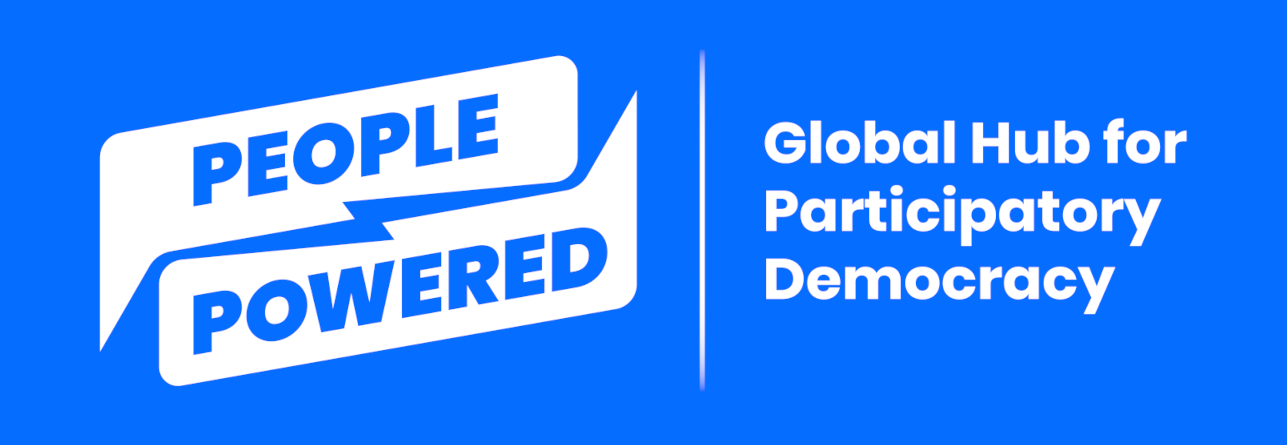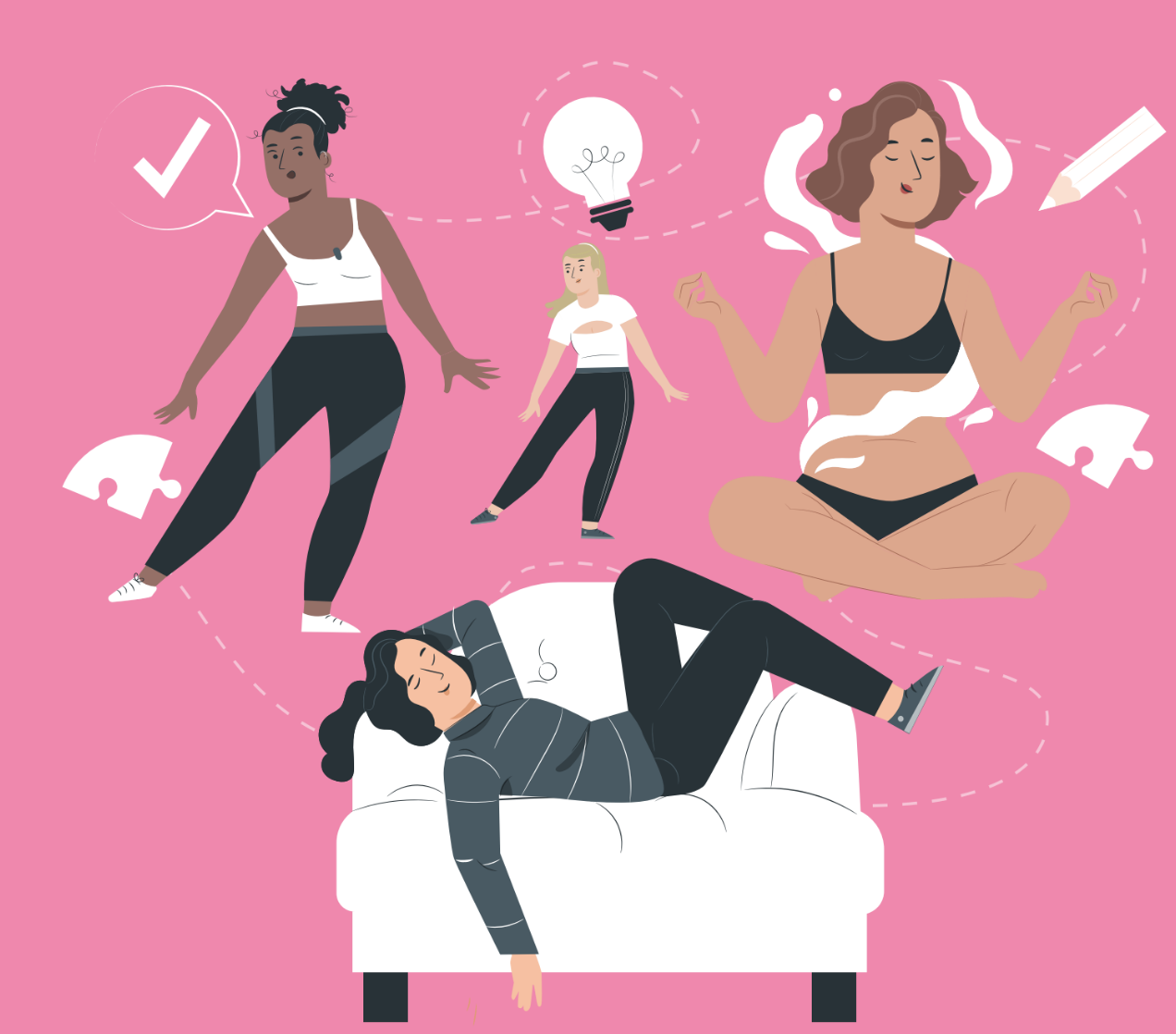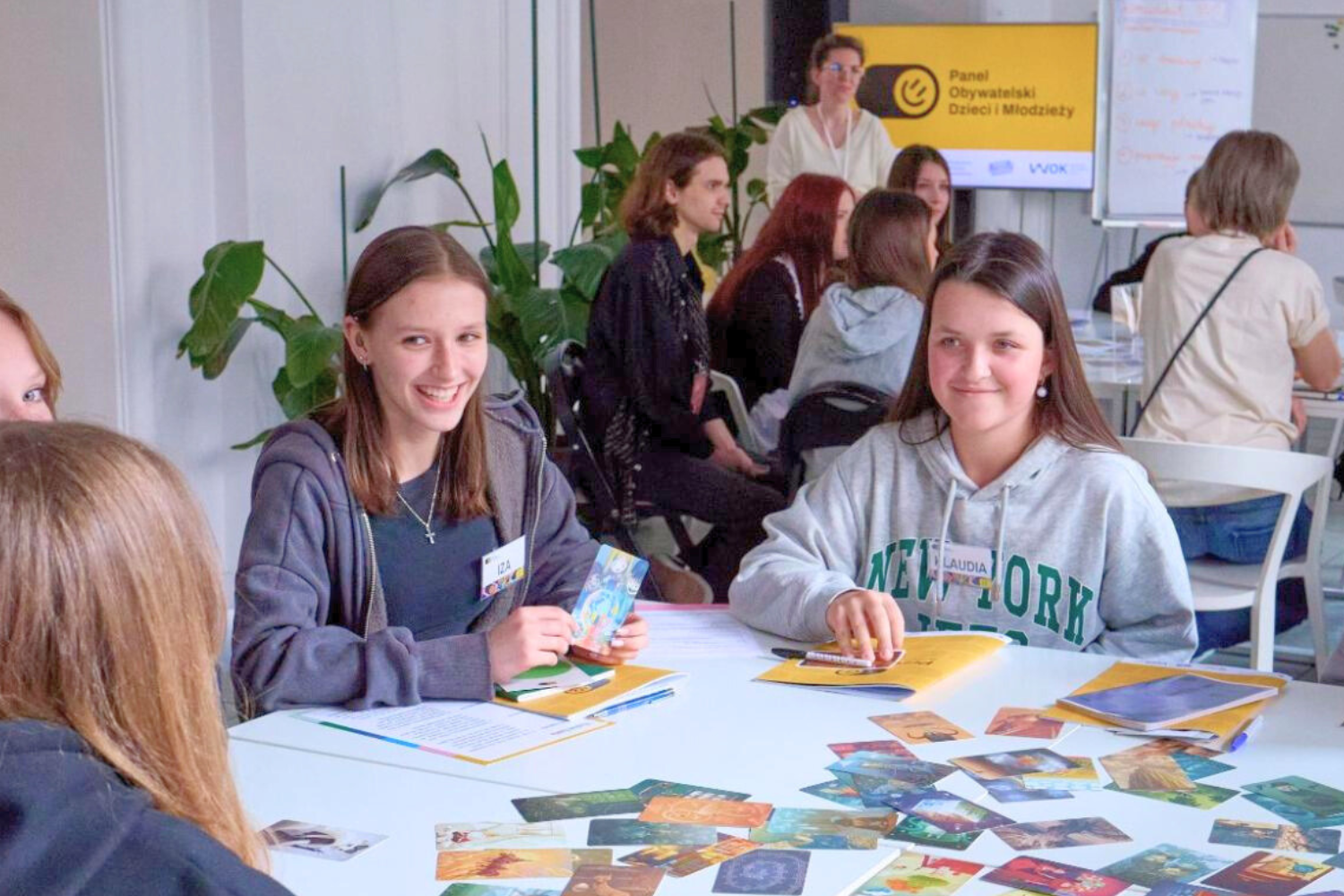'Democracy is a common action that should begin in schools'
/This is the third in a series of Q&A interviews following the mentorship arranged by People Powered to assist two Hungarian civil society organizations set up and implement a participatory budgeting (PB) pilot in a high school in Debrecen, the country’s second largest city. The PB pilot was coordinated by K-Monitor, an anti-corruption-focused NGO, and Alternatív Közösségek Egyesülete (AKE), a youth-oriented community development organization. Their mentor was Madison Rock, senior program coordinator for civic health with the Center for the Future of Arizona in the United States. We interviewed them about preparation for the project in our first post and the idea-collection phase in a second interview. Here, People Powered Communications Director Pam Bailey interviews Madison, Ágnes Molnár from AKE and Miklós Merényi of K-Monitor about the voting and public-sharing phase.
The last time we talked the students were about to vote for the proposals submitted as part of their high school’s PB initiative. How did that go?
Ágnes: Our goal was for half of the students (450 of 900) to vote. We fell just short (385), but are pretty proud of the result.
The vote was held over three days and, of course, the first day was the most popular. It was all done in person, because we tried online methods during the idea-collection stage and it wasn’t very popular.
The classes that decided to vote as a group, casting their ballots together, were usually those in which one of the students proposed an idea on the ballot. The ‘idea makers’ really motivated their classmates to join in and vote.
The students were allowed to vote for two ideas from the 10 on the ballot. We knew the first vote was likely to be for their friends’ proposals, so the second one could be for a project they really wanted.
We were then able to implement the top three vote-getters. The first winning proposal was to create a “relaxing room,” where students can play board games and watch TV. The second was to stock a box in the girls’ restroom with sanitary products. And the third was to renovate the dance rehearsal room.
Madison: It was interesting to observe how similar both the challenges and results were, between Arizona and Hungary. The fact that we were in such different country contexts was what was unique about this mentorship relationship. At the outset, I was a bit apprehensive, because I wasn’t sure about how my experience was going to translate. But when we reconnected after each phase, I heard that what I had shared had prepared them for what to expect.
For example, students in both locations prefer in-person voting post COVID. Young people really crave a return to in-person engagement and the opportunity for hands-on, experiential learning.
Even the ideas the students came up with were similar: the sanitary boxes, the Zen room. Those are ideas that come up all the time in Arizona. I thought that was really interesting, to see how young people across geographic boundaries have similar needs in their school communities.
Two of the Debrecen students shopping for furniture for their new “relaxation room.”
The Hungarian elections followed the school PB voting. People Powered research has shown that PB can increase civic engagement and political participation. Do you think this process had the same impact?
Ágnes: Yes, we held our vote over three days in early April and the national election followed. Because the high schools are voting sites for the real election, they had the necessary equipment, so we could make the set-up the same. For example, the students had to register by showing their identity card. And some of the teachers used the opportunity to connect to the real elections and educate students on the process.
Madison: In our mentoring sessions leading up to the vote day, I described how we set it up and recommended mirroring the actual election process. It was great to see that implemented in Hungary, to see it come to life there too.
Greater civic participation is certainly an impact we hope for, and is at the heart of our theory of change for school PB. Early indicators show that it actually does increase the propensity of students to engage in civic and community life overall. We’ve partnered with Arizona State University’s Participatory Governance Initiative to do a deeper evaluation among students. We looked at things like “I know how decisions are made at my school” and “I plan to vote as soon as I am able to.” And we do see shifts in knowledge, attitudes, skills, and behavior.
We also did a case study with one junior high school (ages 11-13) in Arizona’s largest school district. Before the PB process, 18% of students on the steering committee said they planned to vote (in national and state elections) as soon as they were able to. By the end of the initiative, that number changed to 92%.
And we’ll continue this research. In the United States, citizens are required to register to vote on our own; we're not automatically registered like people are in Hungary. Our research goal in Arizona is to see if students who participate in PB turn out for the elections in higher numbers than their peers.
What methods did you use to evaluate the impact of this first pilot of school PB in Hungary?
Ágnes: We talked with the operations group we set up with the students about how they felt about the process, and we got pretty good feedback. They really want to continue with PB, and to also get more engaged in the student body. In fact, two members have become leaders in the student council. We think it was pretty good that they were so empowered by the process that they thought they could be such leaders. That will help the future of PB there too; now, the members of the operation group are the leaders!
I do wish we had conducted a more formal evaluation process, like a survey. That was a mistake. But this was the first time for us, and we’ll be sure to do that the next time.
Madison: We use a measurement instrument called KASP, which was developed by Daniel Schugurensky (a member of the Global PB Research Board and director of the Arizona State University Participatory Governance Initiative). It assesses knowledge, attitudes, skills and practices both before and after participating in a PB exercise. But, although we always share that tool, we typically find that there's so much that needs to be focused on to just master the mechanics of the PB process that most partners don’t start formally evaluating student and school impact until the second year of implementation. The benefit of that first year is understanding how the process itself could be improved. Then, as we go into the second cycle, there is more space and opportunity to discuss and evaluate impact.
Miklós, I know K-Monitor did a lot to help spread the word about the results of the school PB pilot among others. Tell me more about that.
The image on the cover of the manual, depicting the projects voted on by the students
Miklós: In late June, we organized two events in Debrecen and Budapest, supported by a manual and video on school PB. It’s the time when vacation starts, so it wasn’t the best part of the year for that, but we also scheduled interviews with some NGOs, educational experts and student activists, to introduce them to PB, and they were excited.
That will be the role for my organization, K-Monitor, going forward: figuring out how to popularize PB, get the media engaged and convince other stakeholders to pick it up. For example, more church-managed schools have been established over the last 10 years than state schools, even though Hungary is not a religious country (only 13% of the population are regular churchgoers). They have more money, which they control. So they are a good target.
Other possible settings for school PB are after-school programs and universities. The new politicians come from universities, and if—as students—they learn democracy this way, then politics might become more open in 10 or 20 years. The next generation of political elite would be more open.
What is the status of PB overall in Hungary?
Miklós: PB is expanding into more and more municipalities. The problem is that it's mostly available to the well-educated and upper to middle class. In the next couple of years, almost all the bigger cities will be using some sort of PB, which is a success, but it's not enough if “justice” is missing from the system, if only middle class and college-degree people are able to participate. That’s why we’ve joined the People Powered Building Inclusive Democracy project, to learn how to involve more minorities and disabled people. We want to deepen participation. School-based PB is an important part of that too, to engage young people.
As Miklós wrote in his blog post about the school PB project, “Democracy is not a historical event or an institutional system laid down in legislation, but rather a common action that begins at school.”









